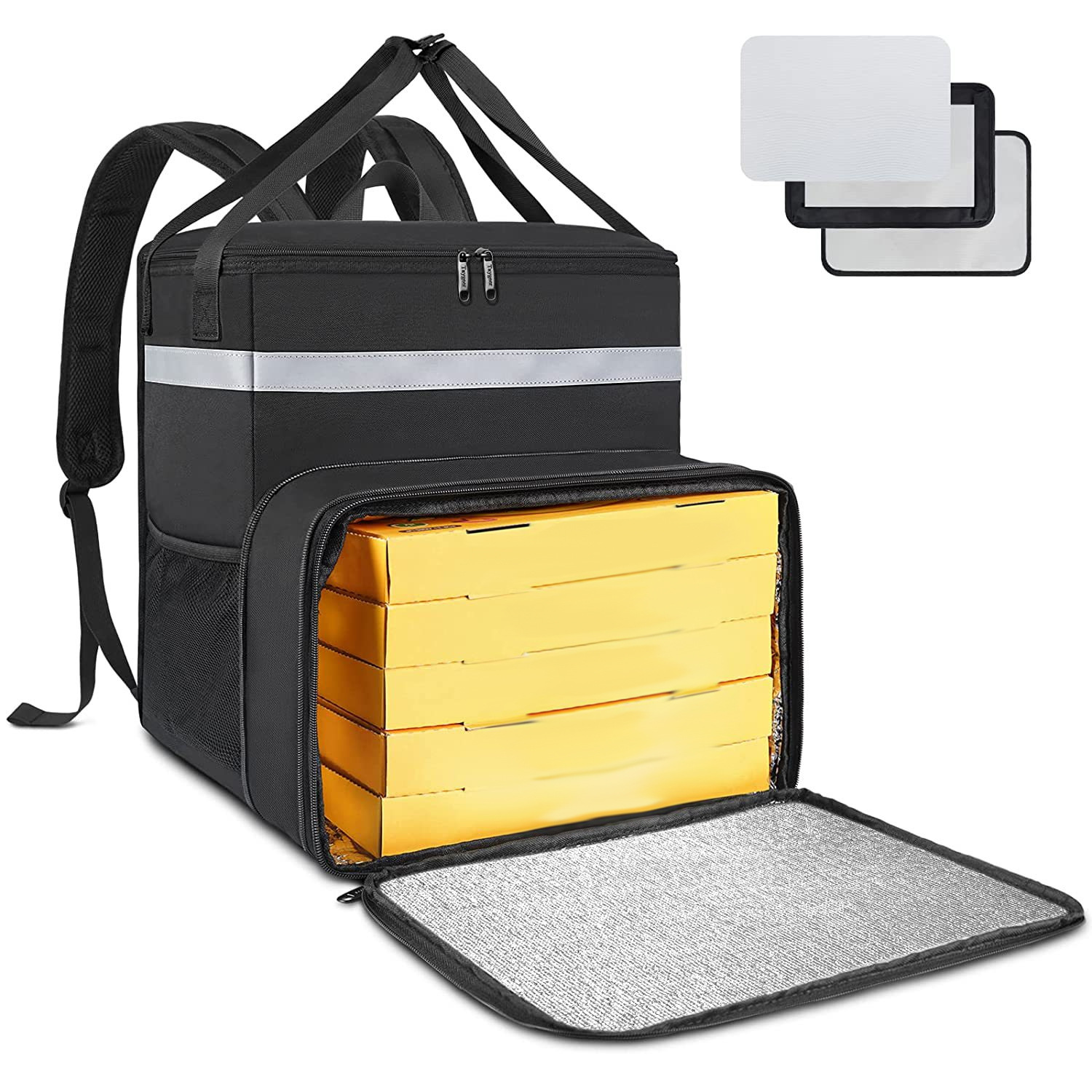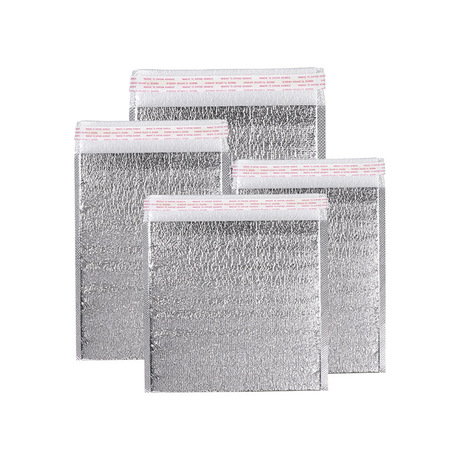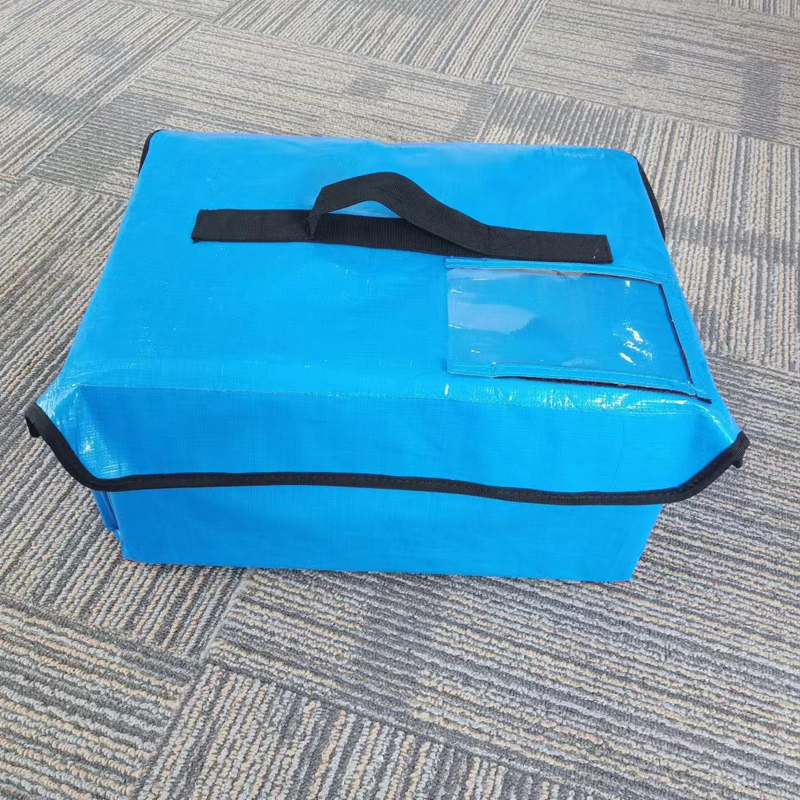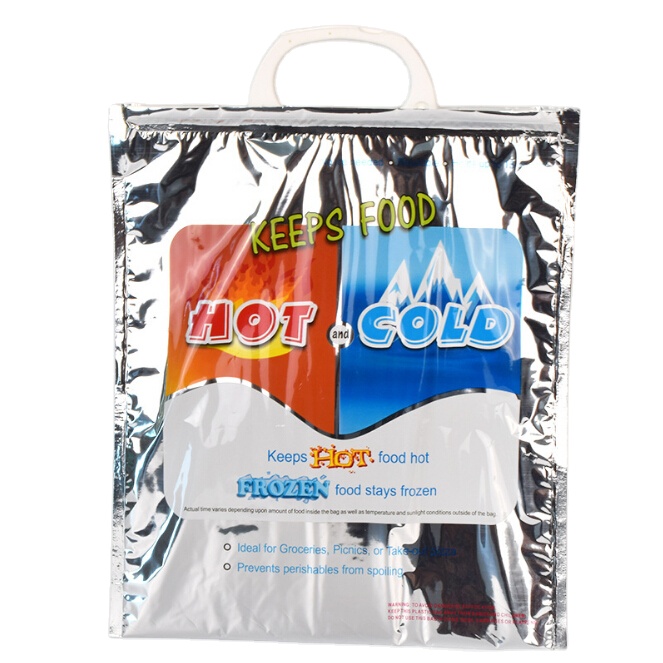Producing a qualified ice pack requires careful design, selection of appropriate materials, strict manufacturing processes, and quality control. The following are typical steps for producing high-quality ice packs:
1. Design phase:
-Requirement analysis: Determine the purpose of ice packs (such as medical use, food preservation, sports injury treatment, etc.), and select appropriate sizes, shapes, and cooling times based on different application scenarios.
-Material selection: Choose appropriate materials to meet the functional and safety requirements of the product. The selection of materials will affect the insulation efficiency, durability, and safety of ice packs.
2. Material selection:
-Shell material: Durable, waterproof, and food safe materials such as polyethylene, nylon, or PVC are usually chosen.
-Filler: select appropriate gel or liquid according to the use requirements of the ice bag. Common gel ingredients include polymers (such as polyacrylamide) and water, and sometimes antifreeze agents such as propylene glycol and preservatives are added.
3. Manufacturing process:
-Ice bag shell manufacturing: The shell of an ice bag is made through blow molding or heat sealing technology. Blow molding is suitable for the production of complex shapes, while heat sealing is used to make simple flat bags.
-Filling: fill the premixed gel into the ice bag shell under sterile conditions. Ensure that the filling amount is appropriate to avoid excessive expansion or leakage.
-Sealing: use heat sealing technology to ensure the tightness of the ice bag and prevent gel leakage.
4. Testing and quality control:
-Performance testing: Conduct cooling efficiency testing to ensure that the ice pack achieves the expected insulation performance.
-Leakage test: Check each batch of samples to ensure that the sealing of the ice bag is complete and leak free.
-Durability testing: Repeated use and mechanical strength testing of ice packs to simulate conditions that may be encountered during long-term use.
5. Packaging and labeling:
-Packaging: Properly package according to product requirements to protect the integrity of the product during transportation and sales.
-Identification: Indicate important information on the product, such as instructions for use, ingredients, production date, and scope of application.
6. Logistics and Distribution:
-According to market demand, arrange product storage and logistics to ensure that the product remains in good condition before reaching the end user.
The entire production process must comply with relevant safety and environmental standards to ensure product competitiveness in the market and safe use by consumers.






.jpg)












